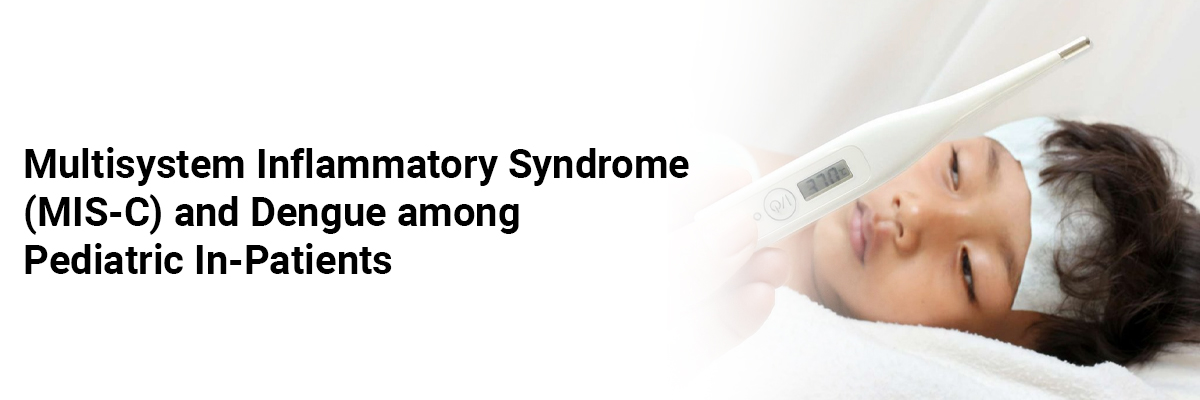
 IJCP Editorial Team
IJCP Editorial Team
Multisystem Inflammatory Syndrome in Children: An International Survey
After the coronavirus 2019 pandemic, Europe and America, several centers reported children presenting with an acute febrile illness accompanied by inflammation, gastrointestinal symptoms, and cardiac complications. A case definition of pediatric inflammatory multisystem syndrome temporally associated with severe acute respiratory syndrome coronavirus 2 (PIMS-TS) was proposed by the Royal College of Pediatrics and Child Health in the United Kingdom. A case study determined the association of Multisystem Inflammatory Syndrome (MIS-C) in children with a wide clinical spectrum including Kawasaki disease like, life-threatening shock and milder forms with mainly fever and inflammation in children with Covid-19. The study reported in specific cohorts from the United States, the United Kingdom, Italy, and France. The retrospective data review was done for a case series of children meeting the published definition for MIS-C who were discharged/died between 1st March 2020, and 15th June 2020, from 33 participating European, Asian, and American hospitals. Data were collected through a Webbased survey and included clinical, laboratory, electrocardiographic, and echocardiographic findings and treatment management. The time between onset of symptoms and admission was also included in the analysis.
Major findings of the study were-
- 183 patients with MIS-C: male sex, 109 (59.6%); mean age 7.0 ± 4.7 years; Black race, 56 (30.6%); obesity, 48 (26.2%).
- Overall, 114 of 183 (62.3%) had evidence of severe acute respiratory syndrome of coronavirus 2 infection. All presented with fever.
- 117 of 183 (63.9%) patients were admitted with gastrointestinal symptoms, and 79 of 183 (43.2%) with shock, which was associated with Black race, higher inflammation, and imaging abnormalities.
- Twenty-seven patients (14.7%) fulfilled criteria for Kawasaki disease. These patients were younger and had no shock and fewer gastrointestinal, cardiorespiratory, and neurologic symptoms.
- The remaining 77 patients (49.3%) had mainly fever and inflammation. Inotropic support, mechanical ventilation, and extracorporeal membrane oxygenation were indicated in 72 (39.3%), 43 (23.5%), and 4 (2.2%) patients, respectively.
- A shorter duration of symptoms before admission was found to be associated, with 72.3% (95% confidence interval: 0.56–0.90; P = .006) increased risk per day reduction and 63.3% (95% confidence interval: 0.47–0.82; P, .0001) increased risk per day reduction respectively with poor patient outcome and for extracorporeal membrane oxygenation and/or death.
Hence, it may be concluded that a shorter duration of symptoms before admission was associated with a worse outcome.
SOURCE- Pediatrics (2021) 147 (2): e2020024554. https://doi.org/10.1542/peds.2020-024554

IJCP Editorial Team
Comprising seasoned professionals and experts from the medical field, the IJCP editorial team is dedicated to delivering timely and accurate content and thriving to provide attention-grabbing information for the readers. What sets them apart are their diverse expertise, spanning academia, research, and clinical practice, and their dedication to upholding the highest standards of quality and integrity. With a wealth of experience and a commitment to excellence, the IJCP editorial team strives to provide valuable perspectives, the latest trends, and in-depth analyses across various medical domains, all in a way that keeps you interested and engaged.




















Please login to comment on this article